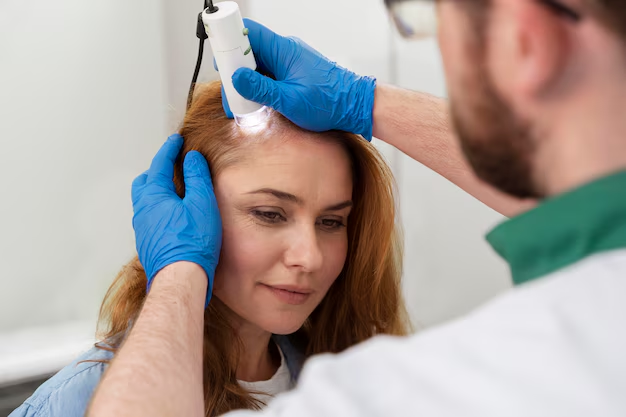
Solution For Women
Hair transplant procedures for women are becoming increasingly popular, offering effective solutions for hair thinning, receding hairlines, and bald patches. The process is similar to that for men but often tailored to address specific concerns women face, such as diffuse thinning or localized hair loss.
Causes of Hair Loss in Women
- Hormonal Changes: Pregnancy, menopause, or thyroid imbalances.
- Androgenetic Alopecia: Female pattern baldness.
- Stress and Lifestyle Factors: Chronic stress, poor nutrition, or hairstyling practices.
- Medical Conditions: Conditions like alopecia areata, PCOS, or scalp infections.
Techniques Used in Hair Transplants for Women
- Follicular Unit Extraction (FUE):
- Individual hair follicles are extracted and transplanted.
- Minimally invasive, with faster recovery.
- Follicular Unit Transplantation (FUT):
- A strip of scalp is removed, and follicles are extracted from it.
- Suitable for cases requiring a higher number of grafts.
- Direct Hair Implantation (DHI):
- Hair follicles are directly implanted into the scalp using a specialized tool.
- Offers precision and natural-looking results.
Considerations for Women
- Hair Density: Women often need to preserve existing hair while addressing thinning areas.
- Hairline Design: Requires careful attention to aesthetics for a natural look.
- Diffuse Thinning: Women tend to have diffuse thinning, which requires a strategic approach to ensure even results.
Ideal Candidates
Women who:
- Experience localized thinning or hairline recession.
- Have sufficient donor hair (typically from the back or sides of the head).
- Are in good overall health.
Recovery and Results
- Recovery typically takes 7–14 days, with noticeable hair growth starting around 3–4 months post-procedure.
- Full results are usually visible within 9–12 months.
